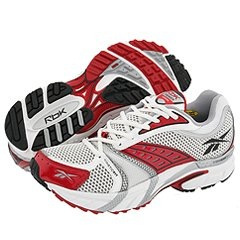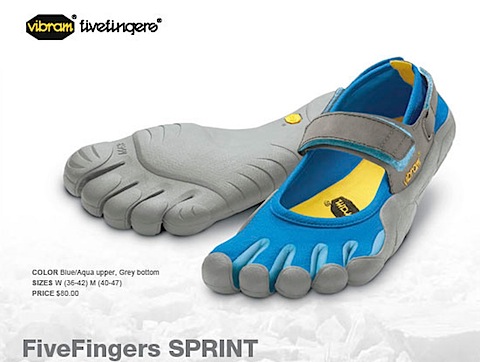So, I had a plan for the last free month of the summer before school starts: exercise four hours per week for four straight weeks. I accomplished this, but along the way I found that I didn’t know how to run.
Especially in light of the Olympics, four hours of exercise per week is nothing compared to what real athletes do. For me, however, with my middle-age lifestyle and Type A work and travel schedule, getting four hours of exercise time per week, for four straight weeks, was a bit of a challenge. I finally accomplished this goal this week.
I’ve been trying to do more functional strength training and cross-training—lifting weights, working the heavy bag, and jogging, and had been using an old, typical pair of running shoes to do all these different activities.
The first thing I learned is that typical running shoes are horrible for any type of non-running activity. And when I say “running shoe”, I mean the ugly, moon-boot shoes that the salesman will try to sell you in a mall athletic store. You know, the shoes with lots of gaudy colors, often including the word “gel” somewhere in the name or sole, with squishy heals at least an inch thick, and often costing over $100. The walls of your typical sports store are covered with them and the salesman, paid on commission, will swear that these are the best shoes to exercise in.
Basically, for a cross-training shoe, these moon-boot running shoes are not good to use—in fact, they can be quite dangerous. The reason is that when lifting weights, the nice squishy soles on typical running shoes give you an unstable lifting platform, which can cause injuries like toppling over when doing squats, for example, and reduce the lifting effectiveness of your muscles, since your muscle force gets absorbed by the squishy sole rather than being used to actually lift the weight.
So I tossed my running shoes until I could find a replacement. And when I began to exercise in my bare feet, I learned I didn’t know how to run! More importantly, I learned that typical “running” shoes are not only not good for cross-training purposes, but they actually are not good for running!
As expected, my lifts became much more stable after giving up my old running shoes, but running in bare feet was a bit of an eye opener. You see, most people who wear those “running” shoes run heel-to-toe. This means that the heel is the first part of your foot that strikes the ground, and then you roll to your forefoot as your step progresses. But if you try to run this way in just your bare feet (try this outside on a sidewalk, for example), you will soon realize that your foot is not engineered to strike heel first! Your foot was engineered to strike with the forefoot first, letting the pad of your foot, arch, and other foot muscles absorb the impact of the step—the heel contact with the ground comes after the foot has settled, if at all.
This site shows an animation highlighting the differences between the forefoot and heel-to-toe running techniques.
So, those squishy running shoes promote running with bad form, with the heel jarring against the ground and sending much of the impact force to the knee. No wonder so many people give up running due to shin splints, sore knees, heel spurs, etc.
When I re-engineered my running form to a more forefoot-first step, I noticed less knee soreness and greatly increased muscle development in the calf and foot muscles. Based on this insight, I chose a shoe with minimal heel, allowing for lifting stability as well as promoting proper running form. Some shoes I’ve seen recommended as being more suitable for cross-training include the Nike Free, Puma H-Street, Asics Tai-Chi, Asics Bukokan, Vibram Five Fingers, and Addidas Samba, if you insist on wearing shoes at all.
In case you are interested, there are a lot of resources online about this sort of running technique, such as information on the POSE method, Vibram Five Fingers running shoes, and just plain old running barefoot.
But if you’ve given up running or even walking due to certain injuries, such as those caused by a heel-to-toe step, then you might consider how your foot was engineered and adjust your form according to your fitness needs, while possibly ditching the squishy running shoe.
HOWEVER, note that what works for me might not work for you. In fact, I recently heard from a friend who suffered from plantar fasciitis when running on the balls of his feet, but was fine when running heel-to-toe.
So, for a bit of a running/health pun: your mileage may vary.

